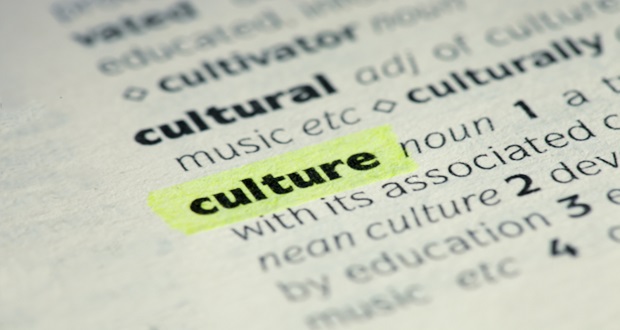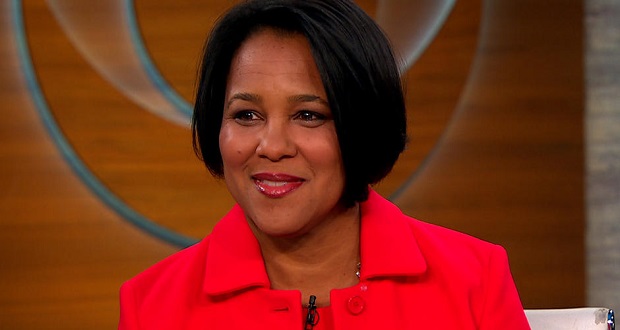As a diversity and inclusion practitioner that is relatively new in my career, I am often asked the question, “Why D&I?” The answer I typically return is, “Why not?”
I didn’t grow up dreaming about a career in human resources, or even in diversity and inclusion (which I didn’t realize was a career choice that could be made, at the time). I spent most of my childhood years dreaming about being an award-winning author, and thus scrambled to read any and every book, fiction or otherwise, I could get my hands on. My parents filled my bookshelves with Maya Angelou, W.E.B. Du Bois, Toni Morrison, later inspiring a love for Alice Walker, Ralph Ellison, and Zora Neale Hurston.
My early interest in reading and writing led me to pursuing an English Literature undergraduate degree, during which I also explored African-American and multicultural studies. By the time I graduated college, my interest in civil rights, social justice, and equity had been piqued — although “diversity” and “inclusion” had been around me my entire life, my passion for asking “why” finally had a name.
As a first-generation college student, my parents often made me feel that education (not necessarily college, but the pursuit of learning and healthy curiosity) was an important step to earning a “seat at the table” – a place not only where my voice and perspectives could be heard, but where I might amplify the voices of others like me. And in a world where so many often find their voices unheard due to lack of access, parity, and opportunity, representation at the table is an important step.
Having a seat at the table is not only important in matters of social justice and equity, but also in business. Research on team dynamics in the workplace has consistently indicated that diversity drives better business outcomes, including increased innovation and better decision making. But representation and having a seat at the table, while an admirable starting point, is not enough. Inclusion begins when we choose to do something with the diversity at our table, and truly value the perspectives around us.
Earlier this month, Swedish-based clothing company H&M faced criticism and backlash when they published an online ad on their website featuring a young Black child wearing a hooded sweatshirt screen-printed with the words, “coolest monkey in the jungle”. The advertisement was at best naïve, and at worst, culturally insensitive and reminiscent of racial slurs. In response, H&M swiftly apologized and promoted a new leader for diversity and inclusion from within their organization.
In many cases, the importance of diversity and inclusion is overlooked until it something “bad” happens – the history of diversity and inclusion within organizations was in itself born out of responses to discrimination claims and equal employment opportunity, which impacted businesses’ bottom line in a more tangible manner. I imagine that the process for designing, shooting, editing, and approving an advertisement for release involves multiple steps, and multiple opportunities for different individuals to review before the finished product is published. I couldn’t help but wonder, if there was more diversity around the table during this process, would this ad have been released?
Critics have been quick to highlight the lack of diversity in H&M’s own board of directors as a potential factor in the organization’s indiscretion. Board diversity continues to be a point of contention internationally, as board representation of minorities and women has not changed significantly over the last 5 to 10 years. Without representation at the top, it will always be difficult to drive change at lower levels within the organization.
H&M’s ad highlights the importance of having multiple perspectives and viewpoints represented at the table. In 2018, diversity and inclusion is a business imperative – even if the organization might not see fault in the contents of the advertisement, a segment of their customer base certainly did.
Representation goes beyond a seat at the table. True inclusion advocates not only for representation, but the cultivation of an environment where individuals feel that they can speak up on behalf of themselves and others. Diversity and inclusion is more than just being in the room – it’s being listened to.
In today’s world of instant gratification and publishing, it may not always seem practical or realistic to ask for another review, approval, or draft. It does, however, pay to take the time to consider how an action or decision might be viewed outside of the context of your own culture. It is difficult to say whether the advertisement at H&M might have been tabled with the involvement of a more diverse team, there certainly would have been more of an effort to connect with a wider pool of stakeholders and customers, which might have resulted in less culturally insensitive ad. When asked what my “why” is for D&I, my answer will continue to be: Why not?



















